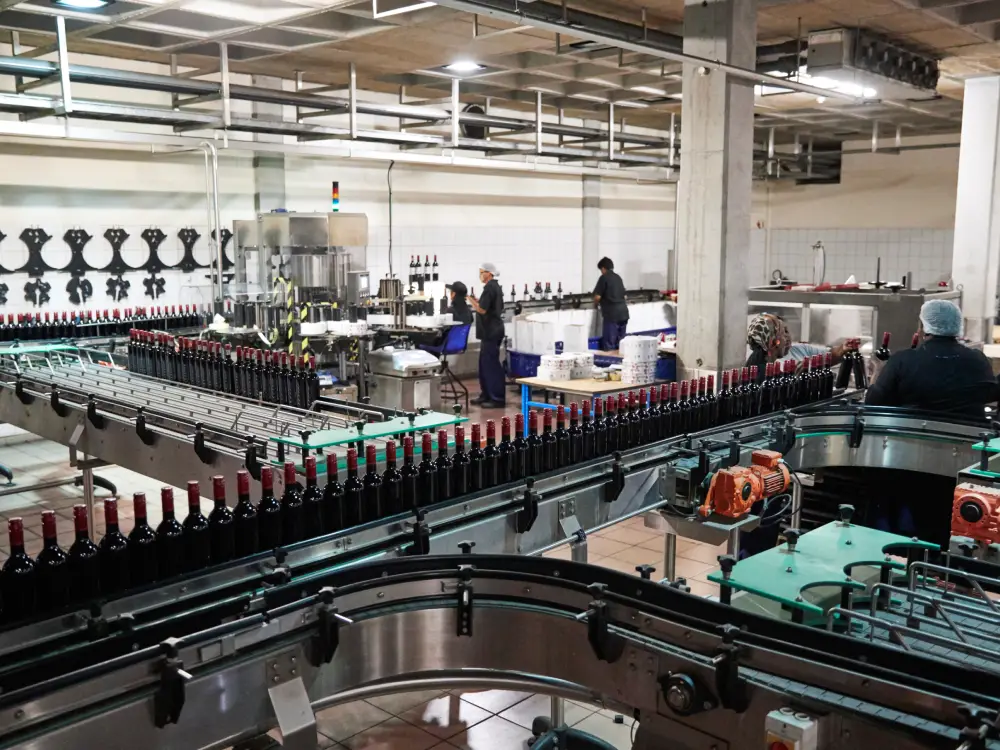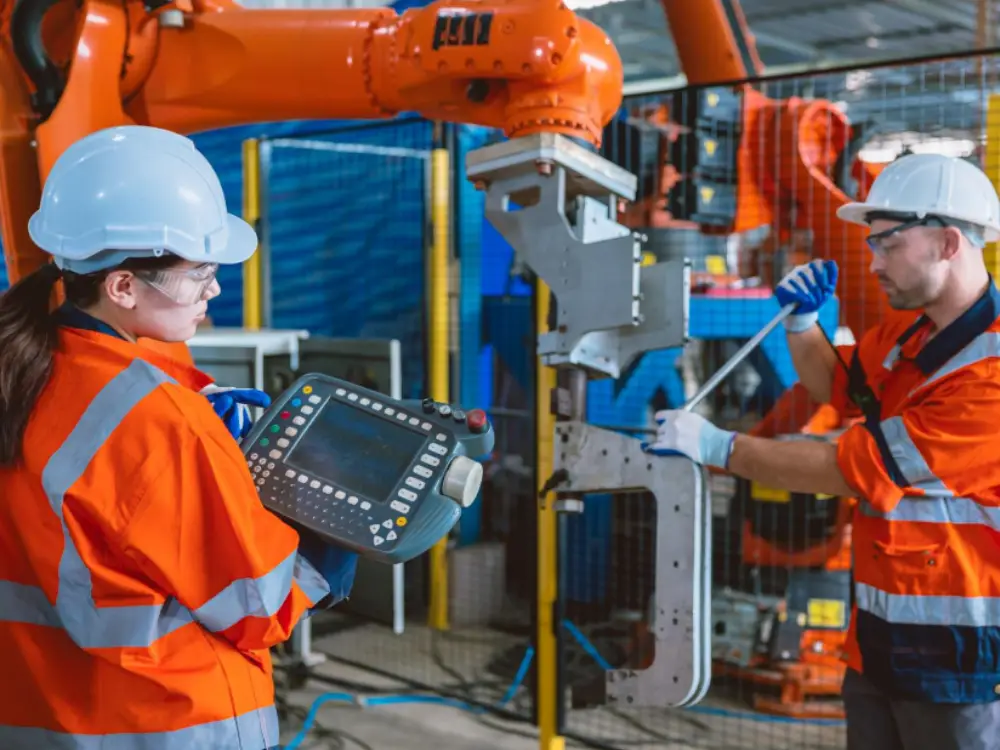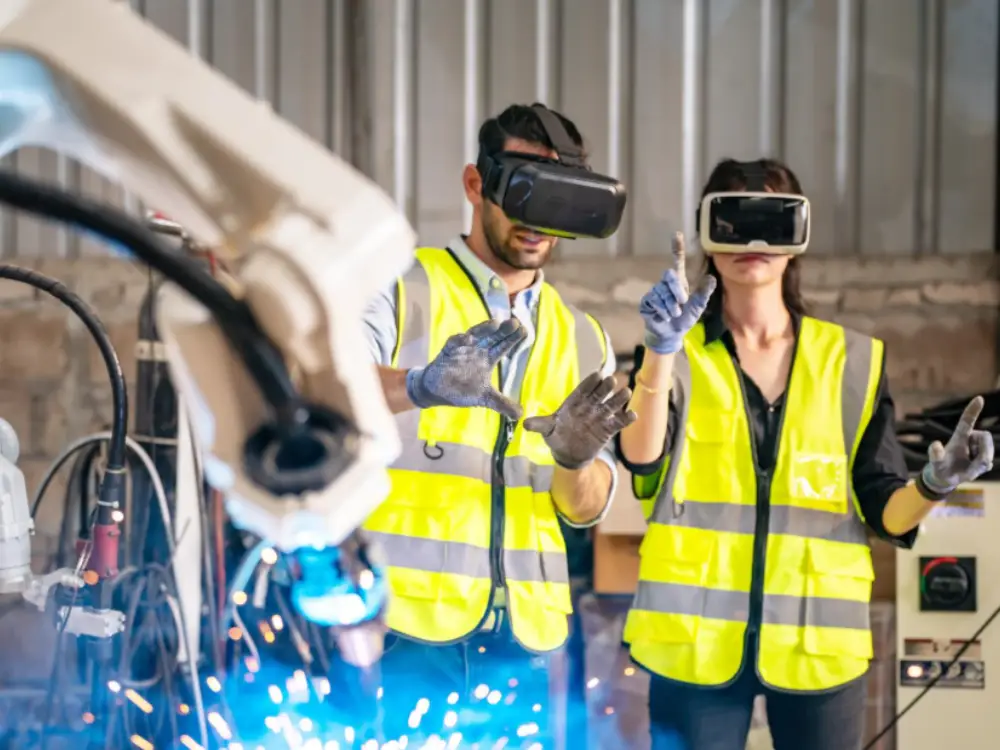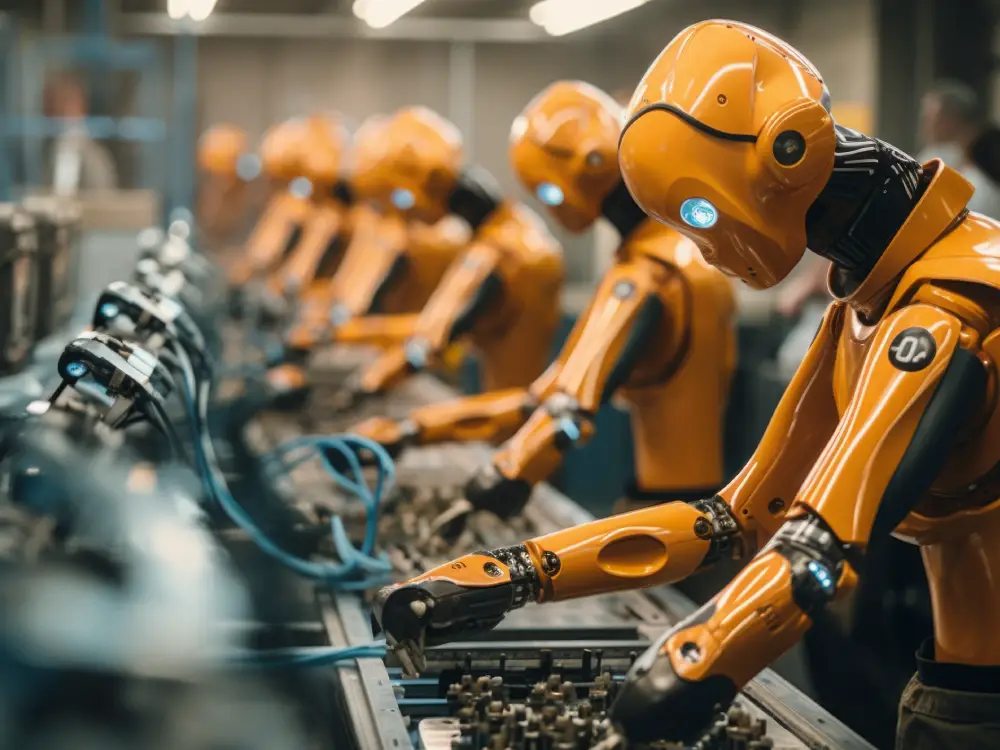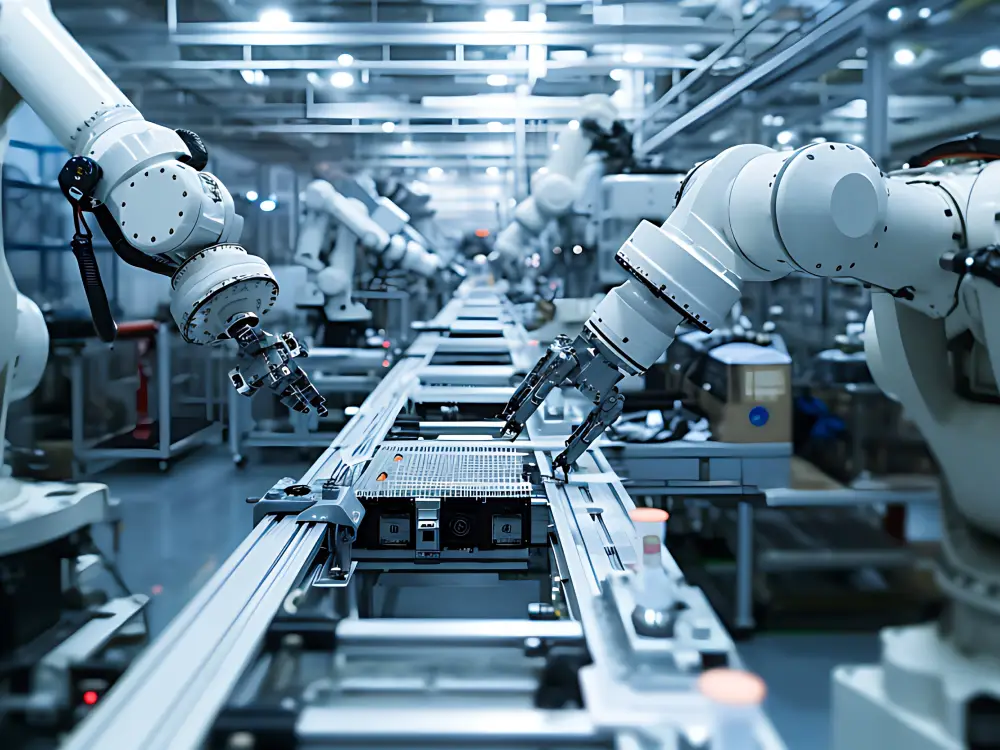Industry 5.0: The manufacturing industry is changing quickly because of the exciting rise of new artificial intelligence (AI) technology. Many news reports discuss how new AI technologies are changing the way businesses function, promising better quality, more efficiency, and smarter ways of doing things.
AI will drive the next age. Industry 5.0 doesn’t want to get rid of traditional ways of doing things; it only wants to add AI to them in small ways instead of big ones. People want things to be in balance right now—between people and technology, new ideas and old ones, and progress and tradition.
What Does the Term “Industry 5.0” Mean?
Industry 5.0 is the next step in manufacturing after Industry 4.0. Industry 4.0 brought connectivity through IoT, big data analytics, and automation. On the other hand, Industry 5.0 puts people at the center of technological change.
This new phase is different because it stresses:
- Working together
- Being socially responsible
- Being environmentally conscious
Industry 5.0 doesn’t entirely change things; instead, it builds on and improves existing ideas like Lean Six Sigma while also adding new ones.
How Lean Six Sigma and Industry 5.0 Work Together
It’s not about giving up on what works; it’s about improving it. Lean Six Sigma is still an important tool. It is a method that uses data to combine cutting down on waste with quality control.
Shared values include:
- Waste reduction & sustainability: Lean’s focus on cutting inefficiencies fits with Industry 5.0’s focus on environmental protection, resource efficiency, and waste elimination.
- Data-driven optimization: Both require accurate and actionable data for decision-making, process improvement, and better results.
- Continuous improvement: The DMAIC cycle (Define, Measure, Analyze, Improve, Control) matches Industry 5.0’s adaptable mindset.
- Human-centered approach: Like Lean Six Sigma, Industry 5.0 values human creativity, teamwork, and problem-solving.
The Key Ideas of Industry 5.0
Industry 5.0 builds on Industry 4.0 and is shaped by six main principles:
- Working with Machinery: Robots take on repetitive or dangerous tasks while humans focus on creativity, critical thinking, and oversight. Intelligent systems support people in improving performance.
- Personalization for all manufacturers: can produce custom products on a large scale while maintaining flexibility and productivity.
- Elastic Manufacturing: Systems are designed to quickly adapt to changing market demands, supply chain shifts, and customer needs.
- Sustainable Practices: Industry 5.0 emphasizes energy conservation, waste reduction, and minimizing environmental impact, driven by regulations and consumer demand.
- Advanced Data Use: Real-time analytics and predictive modeling enable smarter decision-making, improving both quality and productivity.
- Workforce Development: Future workers need technical skills, creativity, and adaptability. Continuous learning is essential to keep up with new technologies and processes.
The Beginning of Industry 5.0: Computer Vision
Among the AI technologies driving Industry 5.0, computer vision stands out. It uses cameras to capture real-time visual data, identify products, monitor operations, and detect issues on production lines.
This technology aligns closely with the DMAIC method of Lean Six Sigma:
- Define: Identify problems like quality issues or bottlenecks.
- Measure: Capture real-time visual data to set baseline metrics.
- Analyze: Use AI to detect defects and inefficiencies.
- Improve: Enable human–machine collaboration to optimize processes.
- Control: Continuously monitor performance for lasting improvement.
Applications of Computer Vision in Manufacturing
- Defect & Anomaly Detection: Quality issues cost manufacturers around 20% of sales on average. Computer vision automates defect detection, reduces downtime, and minimizes rework.
- Label Verification: Early detection of incorrect or damaged labels keeps supply chains smooth and reduces waste.
- Workplace Safety Monitoring: Computer vision ensures PPE compliance, spots hazardous zones, monitors human–machine interaction, and issues real-time alerts to prevent accidents.
- Volumetric Space Management: Cameras and sensors optimize warehouse and truck space, reducing voids and improving logistics.
- Misplaced Item Detection: Tracking tools and equipment prevent production delays caused by missing or misplaced items.
- Productivity & Shift Variance Analysis: Real-time performance tracking highlights underperforming areas and shift-based productivity trends, improving resource management.
TDV View: A Look at the Future of Industry 5.0
Industry 5.0 represents a transformation not defined by automation alone, but by the balance between human and machine capabilities.
By combining modern tools like computer vision with proven systems like Lean Six Sigma, manufacturers can achieve higher levels of productivity, quality, and sustainability.
This is not about discarding the past—it’s about building on it. As Industry 5.0 evolves, companies that adopt a human-centered, data-driven approach will be best positioned to thrive in a rapidly changing global environment.

